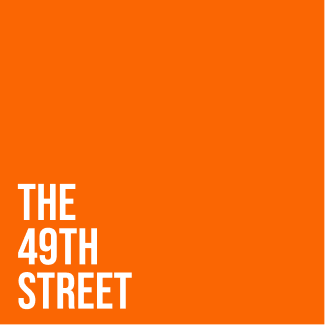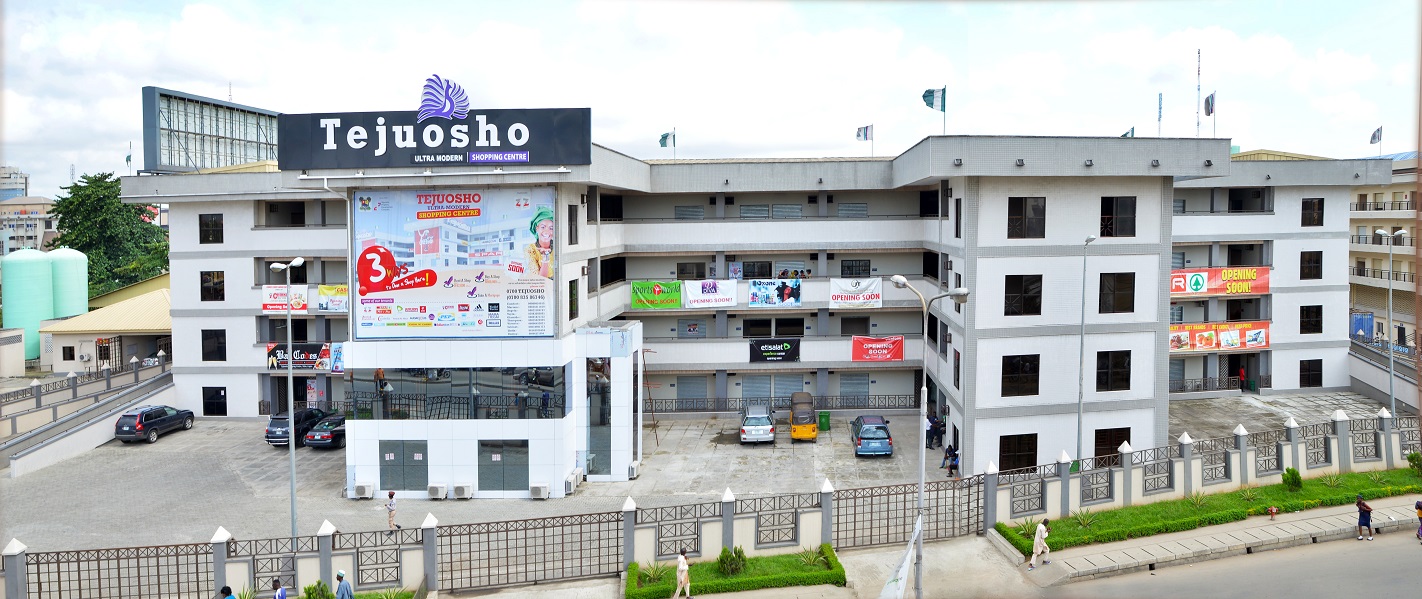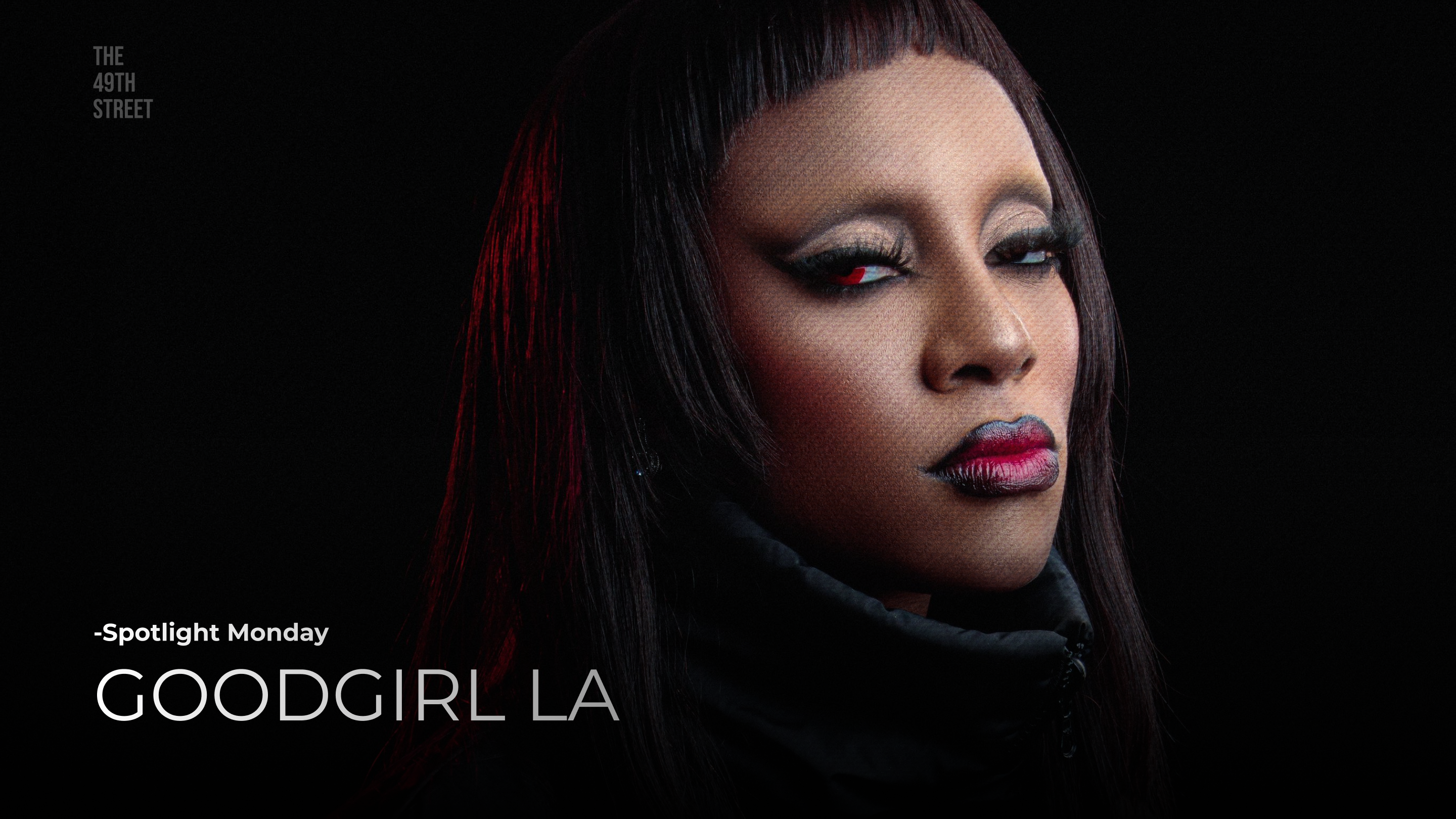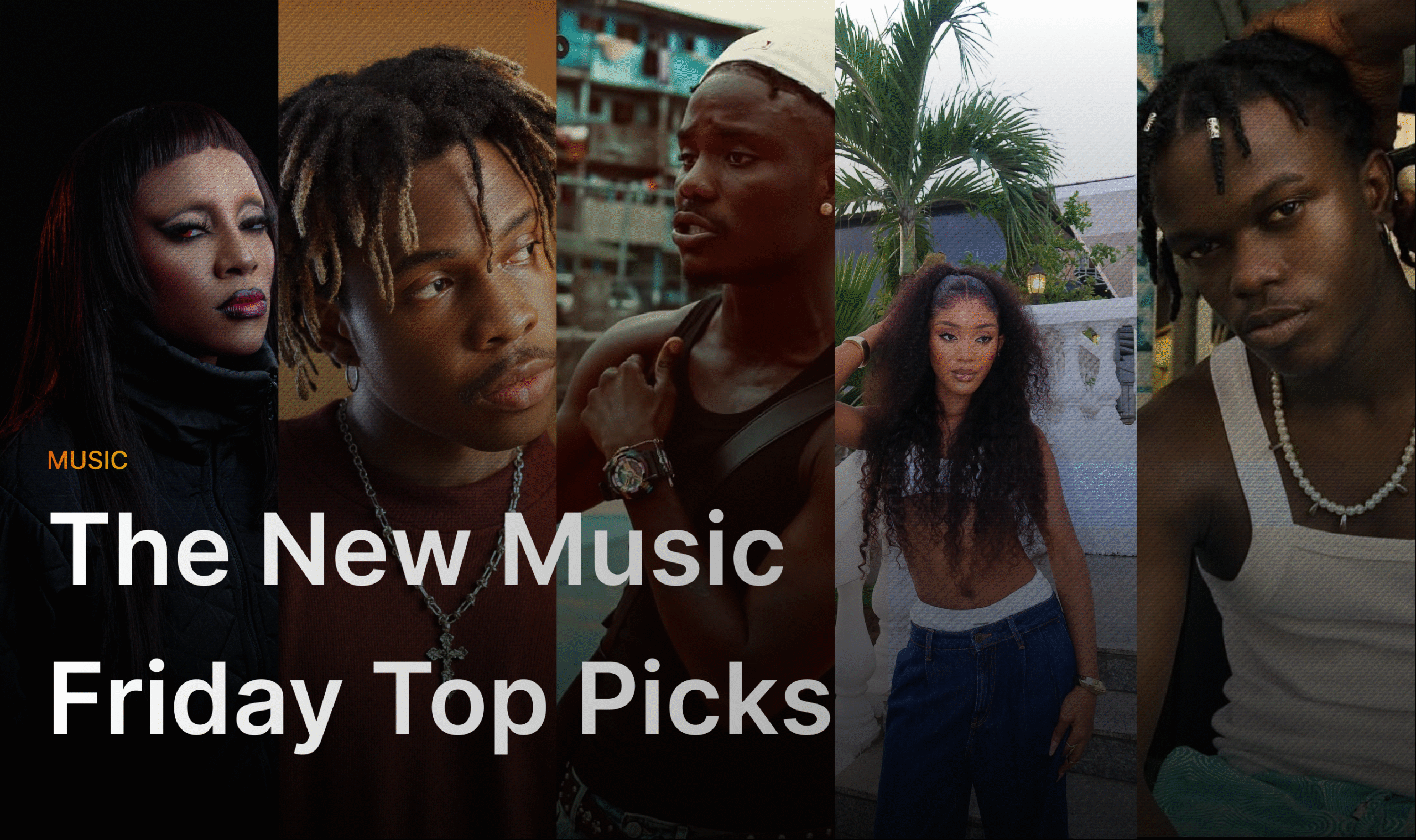By Chinazam Ikechi-Uko.
YABA has done so much for the fashion community but for some reason no one is talking about it
— 4K ✯ (@slicetotheworld) September 11, 2023
Everything looks prettier at night in the city light; buskers at the entrance of an enormous shopping complex with an underground car park so wide it triggers an undiscovered nyctophobia in passersby; generations of trainees at a mass production square; train tracks in the middle of a busy market; a bus station packed with several blue and white rapid transit vehicles; a man dressed in colourful raffia, masquerading as a native masquerade so he can trick citizens for cash; non-English speaking kids holding onto you for spare change; clothes spread across a 2-4km area filled with roads and houses, knowing where you are going makes movement easier and if you don’t, ask around.
Everyone is nice, panhandlers? Yes but nice. Everyone has a hunger for something, and there’s an energy that keeps you going, it is tiring but hell, is it exciting and that is not the best part about Lagos suburb called Yaba. That’s only the marketplace.
Fashion is one of the tubes forming part of the cultural system of a community, carrying in most cases the visual translations of the zeitgeist. From what’s socially acceptable to what the temperature is like. Lagos is hot, arguably at its hottest during the first trimester of the year, but with the popularity of rubber shoes, you know that a Lagos 32°C feels nothing like the Arizona 32°C. Nevertheless, many more factors exclude the climate that bleeds into the fashion. There’s the political factor, which usually results in the creation of a subculture, as seen internationally in the 1960s Youthquake of England, which set London on the map as one of the major fashion capitals of the world. Youthquake involved music and pop culture, and it changed the landscape of the fashion industry.
One of the longest-lasting exports of this movement is the modern-day mini skirt. Youth movements such as this can also be found across the globe, with Nigeria’s alté culture being one of them. Another factor is the environment; having people interested in other aspects of visual representations of art, such as architecture and graphic design, has proven to be influential. In other words, university kids know how to get a trend running, and an architecture student becoming a fashion figure is a fan favourite tale as old as time. Think, X (formerly Twitter) user Diekssss who won the hearts of Twitter users with her 30-day challenge of fashion illustration.
Lagos being a fashion capital is an unquestionable fact, with previous fashion weeks featuring global brands such as Kenneth Ize, Ozwald Boateng, LaQuan Smith, Bianca Saunders, Roberto Cavalli (Triple RRR), Mowalola, Lagos Space Programme, Tokyo James and many more. Renowned fashion figures such as Naomi Campbell, Alton Mason, Imaan Hammam, the late André Leon Talley and Adesuwa Aighewi have occasionally flown in for the fashion events, with Naomi and Adesuwa being staples. However, when the discussion of what feeds Lagos’s fashion industry, only the islands of the archipelago are spoken about, with Ikoyi, V.I. and Lekki Phase 1 being the epicentres. Not to discredit those places, they are a quintessential part of the fashion scene, with Hard Rock Cafe being our modern-day Studio 54.
But every fashion capital has a “less expensive” centre that feeds it. These places are seen as lesser because they are usually not the hub spots for the lavish lives of the upper echelons, and fashion is a rich kid’s favourite sport. These “less expensive” centres are crawling with creativity and passion and sometimes success, but the spotlight is rarely shown. New York City, as a fashion capital, gives us uptown and downtown; Paris has the different sides of the river, often referred to as right bank and left bank, and Lagos has the island triad and the mainland Yaba. We can’t all be trust fund kids with international exposure, but creativity has no bias, and that’s why fashion schools have several refugees as well as Nepo babies; if you are skilled, you are skilled – think Georgian refugee, Demna Gvasalia (creative director of Balenciaga).
“This sort of cultural mixing between uptown New York and other various downtown subcultures had been happening for decades.”
-In Vogue: The Archives podcast (episode 9, NYC downtown).
A recurring pattern in the less expensive epicentres is its proximity to the upper side. This provides the perfect area for building a career that markets to rich people, that’s if they steal your credit. With a state-of-the-art city university (Yabatech) along with a state one (Unilag) nearby, Yaba has no shortage of young passionate adults. Given its proximity to the island and its large mass production market centre, Yaba has successfully fed the fashion scene for years, and its only international mention is in Kenneth Ize’s BoF 500 profile, where it states that the renowned designer has a working studio there.
Kenneth is not the only global designer who has a studio in Yaba. Among Lagos design communities, Yaba is a popular and favourable location because Yaba is a go-to for sourcing fabrics along with mass production. Yaba also has several fashion schools with Yaba College of Technology (Yabatech) offering a degree in Fashion design. However, that is not what makes it so amazing; the crossbreeding is what makes the spark. The fashion scene in Yaba is recognized for its unique blend of traditional patterns, fabrics, and techniques with modern silhouettes, resulting in a distinctly Lagos-centric style.
Yaba is an ideal location for young emerging people to get their footing, not just people aiming to secure a career in fashion. With the famous Yabacon Valley (portmanteau of Yaba and Silicon Valley) in the same vicinity, Yaba is equally the perfect place to grow a career in tech or find a tech lover. A jog down the Herbert Macaulay Way, and you will see a few of your favourite fintech companies. Yaba is also a great location for art lovers, with the Yaba Art Museum becoming a fan favourite.
Also, it is a few minutes away from the National Stadium and the National Theatre, making it home for the athletes and theatre kids. Then there are the university kids who come from around the country in pursuit of a higher education. This means the average person in Yaba gets to meet people from various backgrounds with different ideals and passions; this convergence makes for perfect soil for subcultures.
This unconscious merging has influenced the Nigerian fashion scene for years. Sellers at the Yaba market keep themselves updated on what’s trendy; coquette? Bloquette? Dark academia? Corsets? Boyfriend jeans? They have you covered; they do this because they know their target audience is the famous baddies of Unilag. The baddies who are big on sustainability embrace the thrift culture, and they wear these clothes around town. They walk around town in them, and thanks to Coco Chanel, we know the best way to start a trend is to have beautiful women wear the clothes around town.
So fabrics are found at Yaba; collections are made at Yaba; Yaba is one of the top markets holding the thrift culture; creatives living in Yaba participate in an old marketing trick that gets other creatives to sit up with their style choices. Despite not having the hub spots for the creative cool kids to let loose nor being the choice area for fashion shows, Yaba has singlehandedly established itself as a pillar that sets Lagos as the global fashion capital it has become.





